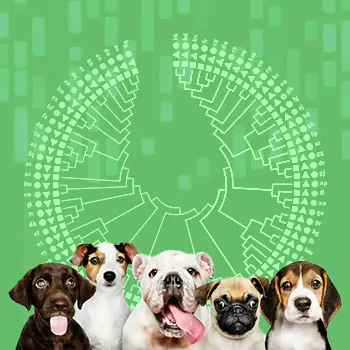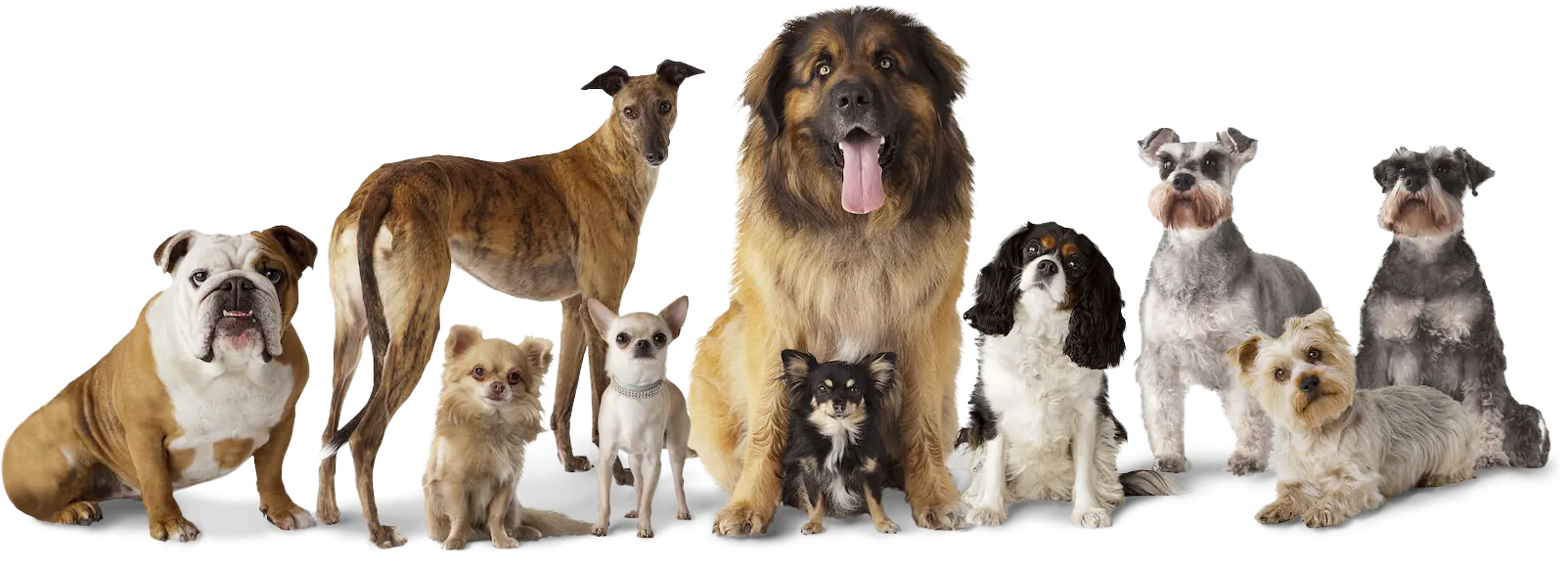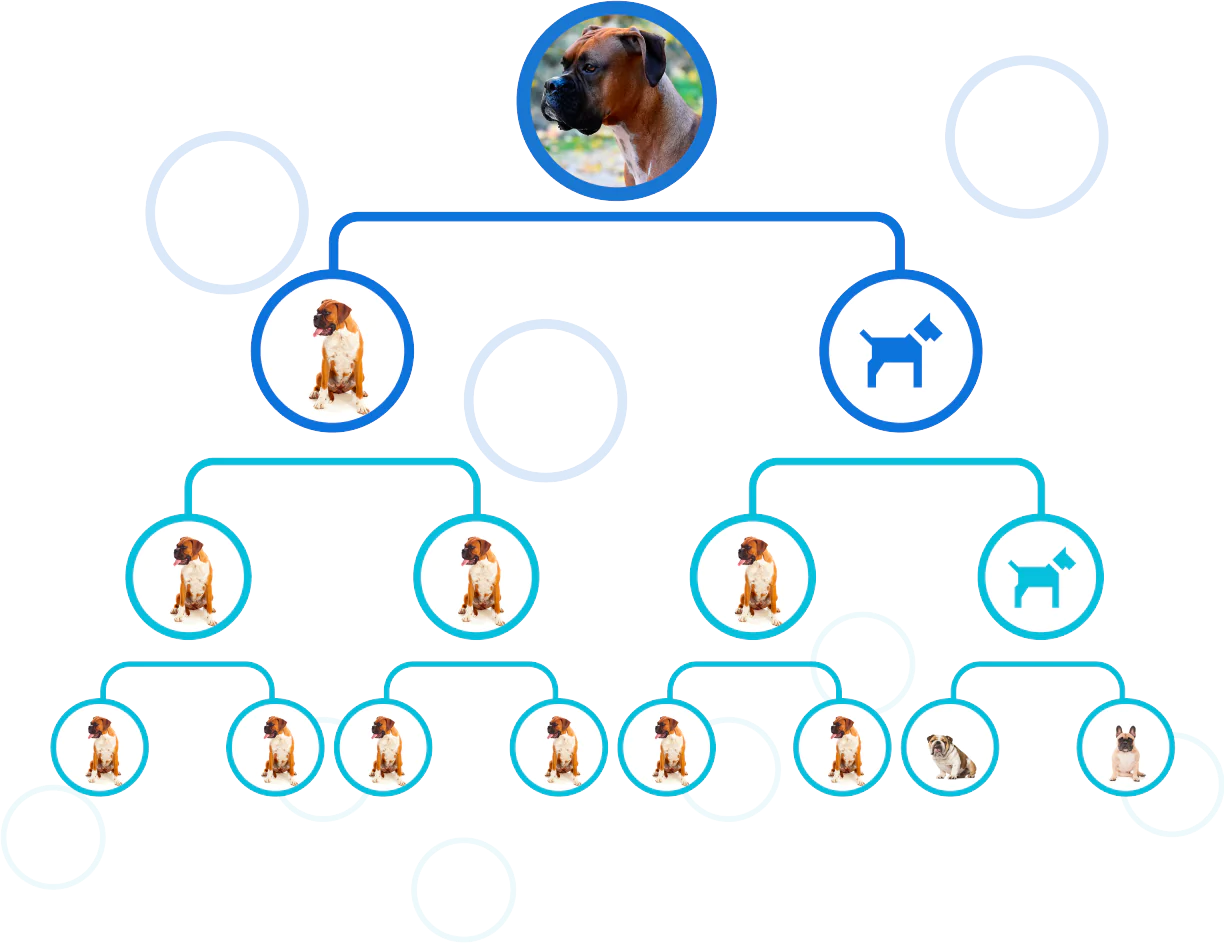Family tree
In our results, we also offer you the genealogical tree of your dogs. By analyzing your dog's genetic material, we can discover its lineage and ancestors. A breed family tree. We will tell you the breeds of its parents, grandparents, and great-grandparents in a tree so detailed that you'll be tempted to hang it above your canine companion's bed.
We will present between one and four breeds of each of your pet's ancestors. This way, you won't just know the breeds of your friend; you'll know the breeds that led to this point. A glance at the past, courtesy of the genes of the present.
View example




